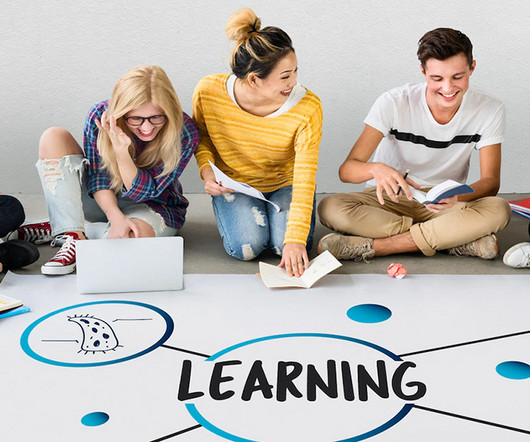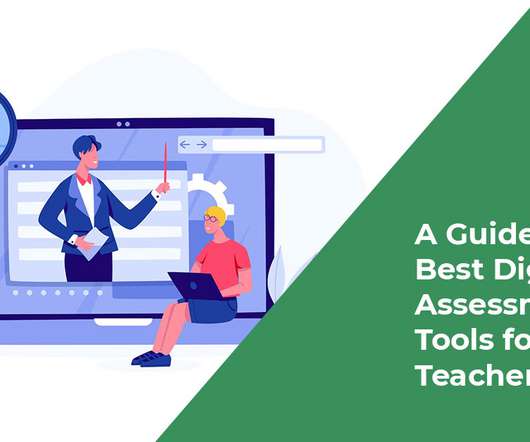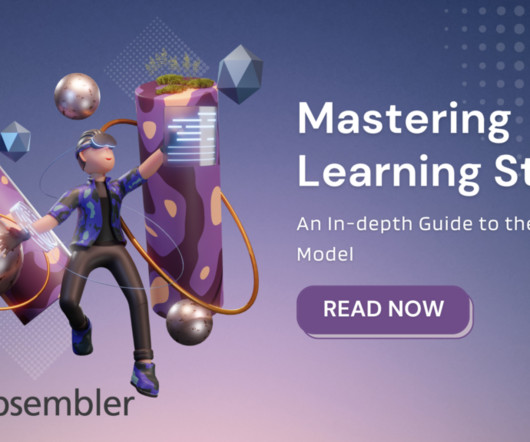Best Practices and Strategies to Implement Experiential Learning Design
Hurix Digital
FEBRUARY 20, 2024
Through active engagement and tailored experiences, experiential learning caters to diverse learning styles, paving the way for a more equitable and effective educational experience. This approach to learning distinguishes itself from cognitive and behavioral theories by adopting a more comprehensive viewpoint.

































Let's personalize your content